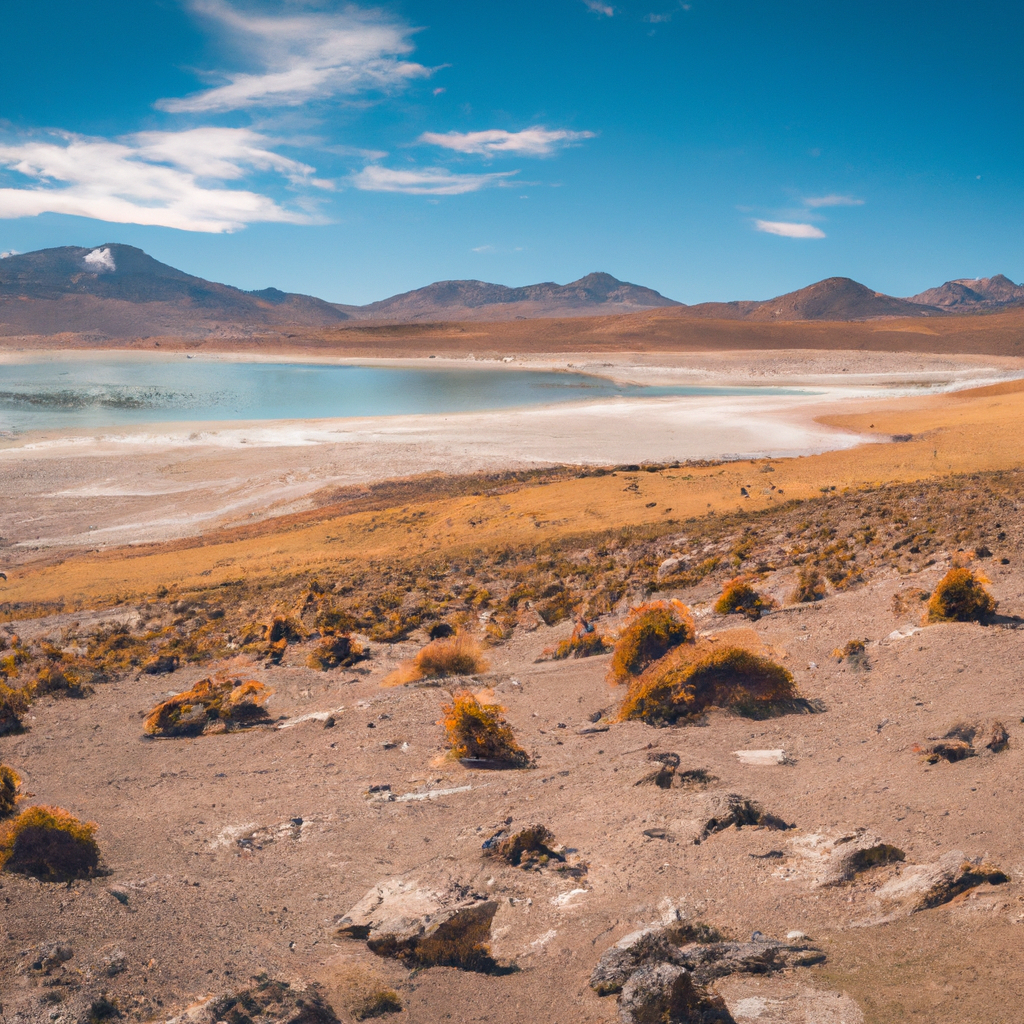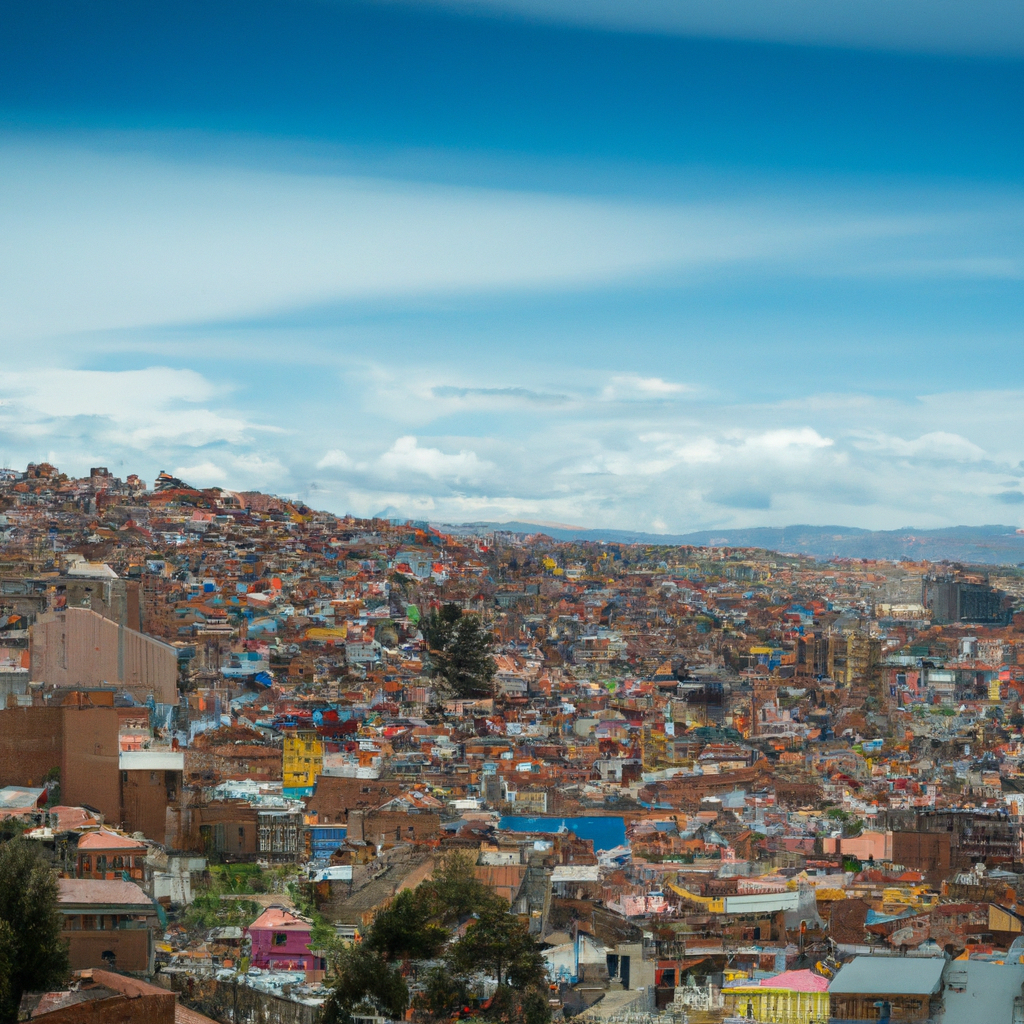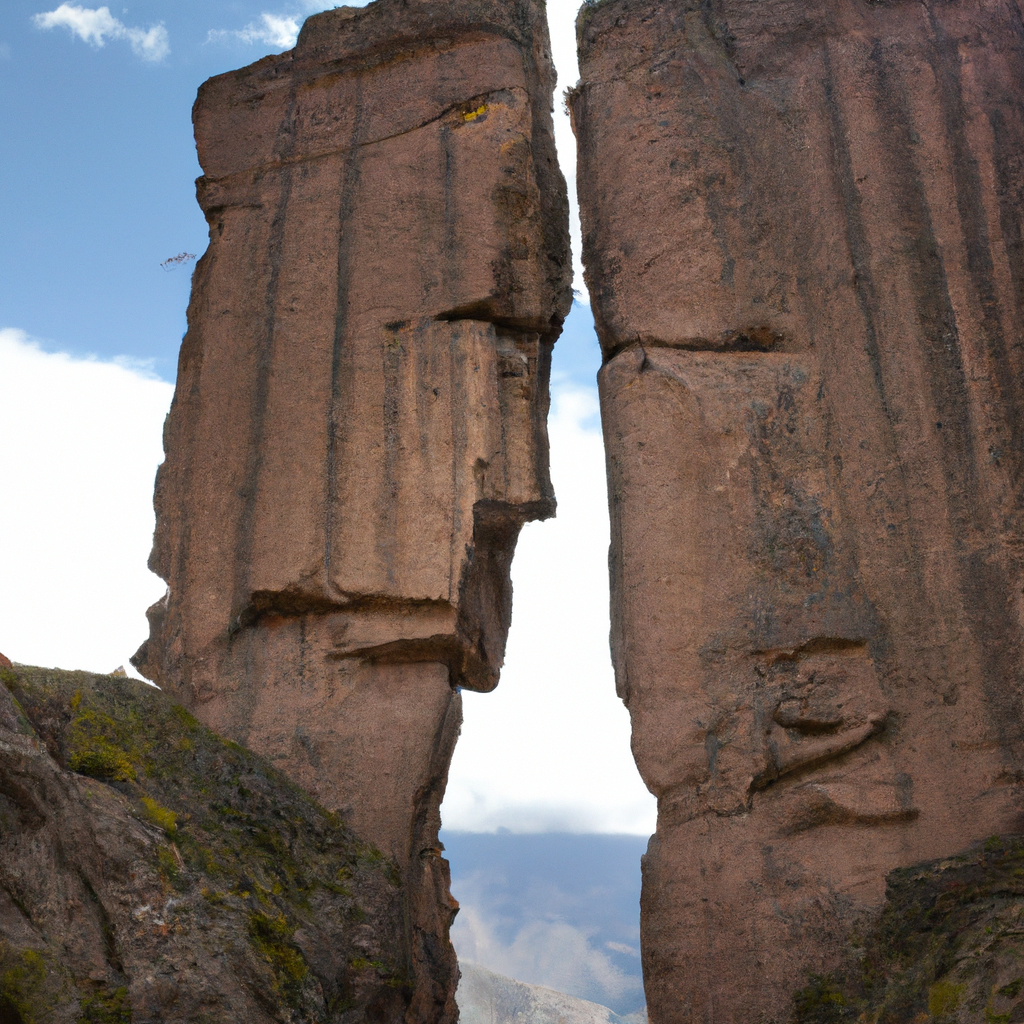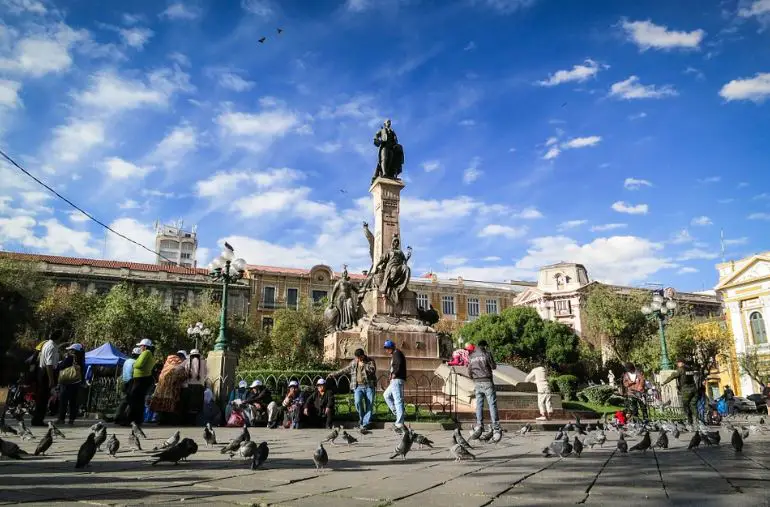Altiplano In Bolivia: Overview,Prominent Features,History,Interesting facts
Overview:
The Altiplano is a high plateau located in the Andes mountains of South America. It spans parts of Bolivia, Peru, and Chile and is the highest-altitude plateau in the world outside Tibet. Its average elevation is about 11,800 feet (3,600 meters) above sea level, making it a highly inhospitable environment for human habitation. The word “altiplano” is Spanish for “high plain.” The region is mostly arid, with portions of it washed by seasonal floods. Much of the region is covered by salt flats, referred to as salares. The largest of these is the Uyuni Salt Flats in Bolivia, which were formed from an ancient evaporated lake. The Altiplano is also noted for its abundance of wildlife, including llamas, flamingos, vizcachas, and various other Andean animals. The region is also home to several indigenous groups, including the Aymara, Quechua, and Chipaya. The Altiplano is an important source of minerals and other natural resources, including oil, salt, and sulfur. In recent years, it has also become an important tourist destination, known for its beautiful views, cultural attractions, and birdwatching. You can learn history, culture, and heritage through these magnificent monuments in Bolivia
Prominent Features:
1. Extreme altitude: Altiplano is located at an altitude of about 3,500 meters (11,483 feet) above sea level, making it one of the highest inhabited regions on the planet. 2. Salt lakes: Salar de Uyuni, the world’s largest salt flat, is located in Altiplano. Other impressive salt lakes like Coipasa and Uru Uru are also located here. 3. Volcanic scenery: Altiplano includes several volcanoes, such as Ollagüe, Licancabur, Parinacota, and Sajama. 4. Unique fauna: Various species of llama, mountain vizcacha, Andean goose, and Andean condor inhabit the region. 5. Traditional culture: Altiplano is home to various indigenous cultures such as the Aymara and Quechua. 6. Spectacular views: The wide expansive flatlands, vast salt lakes, and spectacular volcanoes make Altiplano one of the most scenic regions in the world. This national monument of Bolivia portrays the history and culture of the country.
History:
Altiplano, which means ‘high plain’ in Spanish, encompasses areas of present-day Bolivia, Peru, Chile and Argentina and is considered one of the most important bio-cultural areas in South America. Evidence suggests that human activity in the region dates back to the first millennia BC, when early hunter-gatherers settled in the area, followed by diverse Indigenous populations who have inhabited the area to the present day. Throughout the 15th and 16th centuries, the Altiplano was largely under Spanish rule and the area became an important political arena for the Inca tribe, and then the Spanish empire. After the 1825 Bolivian revolution, the region became a part of Bolivia and has since been heavily mined for tin, tungsten and other strategic minerals. The Altiplano today remains a vibrant blend of culture and landscape, home to diverse indigenous communities, landscapes that have sustained communities for centuries, and a unique cultural identity of ancestral practices, languages, and beliefs. Its wide range of climate and terrain has been a major contributor to the area’s management of natural resources. It is also the site of the Uyuni salt flats, one of the most popular destinations for travelers and tourists alike. You must visit one of these historical places in Bolivia on your Bolivia tour
Interesting facts:
1. Located in Bolivia, the Altiplano is the highest inhabited plateau in the world. 2. Located at an average altitude of 3.6 km above sea level, the temperatures can go below 0 ºC even in summer months. 3. Some of the wildlife found in the Altiplan include vicuñas, condors, llamas, alpacas and wild cats. 4. The Altiplano contains a number of remnants of pre-Incan civilizations such as Uru, Chiripa, and the Incas. 5. The Altiplano is home to the largest salt flat in the world - the Salar de Uyuni. 6. Salar de Uyuni has been coined as the ‘Galapagos of lithium’ - it contains an estimated 70 %of the world’s lithium reserves. 7. The largest city in the Altiplano is located in Potosi - the world’s highest city. 8. The surrounding areas of the Altiplano are covered with vegetation - the most famous were the quinoa crops grown by pre-Inca people in Inca times. Visit one of the famous monuments of Bolivia with your friends and family.
Explore Bolivia most popular tourist destination with us. Altiplano In Bolivia: Overview,Prominent Features,History,Interesting facts,which is 35.14 km away from Bolivia main town, is the most popular destination to add in your travel wishlist.
-
City:
Bolivia
-
state:
Oruro
-
country:
Bolivia
-
country code:
BO
-
postcode:
4800
Location:
Oruro Bolivia














